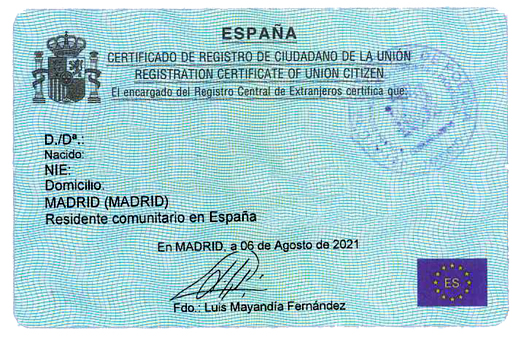A bleary eyed Pedro Sanchez told reporters after emerging from the marathon six-hour talks held by EU leaders last night that the six-month postponement of Brexit was the only “reasonable outcome”.
He insisted that the EU had met its obligation to safeguard the unity of the 27 member nations while also working to build the best possible relationship with the UK after Brexit.
No doubt with the situation in Catalonia on his mind, he also took the opportunity to criticise the campaigning ahead of the Brexit vote and said it was a hard lesson in why referendums aren’t always a good thing.
“The most important lesson we need to learn from what’s happening in the UK is that when decision-making processes, based on lies, are put in the hands of the people, societies – in this case British society – wind up down a blind alley,” he said.
“We in the EU need to be conscious of the scale of the challenge British society is facing and we need to try to help it reach an agreement. Dates may vary, but the important thing is to give British politics the time it needs to find its way out of a situation that stems from a referendum held three years ago.”
Going into the talks last night he said: “Spain is going into this with a constructive attitude, ready to listen to the plan proposed by Theresa May. We want to avoid a disorderly exit but, if that isn't possible, Spain has done its homework. We have all the tools necessary to face a no-deal Brexit.”
España llega al #EUCO con una actitud constructiva, dispuesta a escuchar el planteamiento exacto de Theresa May. Queremos evitar una salida desordenada pero, si no es posible, España ha hecho los deberes. Tenemos los instrumentos necesarios para afrontar un #Brexit sin acuerdo. pic.twitter.com/By9u4QI5Nf
— Pedro Sánchez (@sanchezcastejon) April 10, 2019
One of the last things Sanchez’s government passed into law before parliament was suspended ahead of the April 28election was a Brexit contingency plan to ensure the rights of Brits in Spain.
The Royal Decree was passed on March 1 and outlines measures – including guaranteeing residency and access to healthcare for Brits already living in Spain – in case Britain crashes out of the EU without striking a Withdrawal Agreement.




 Please whitelist us to continue reading.
Please whitelist us to continue reading.
Member comments